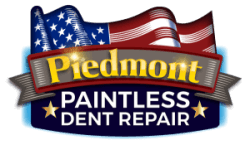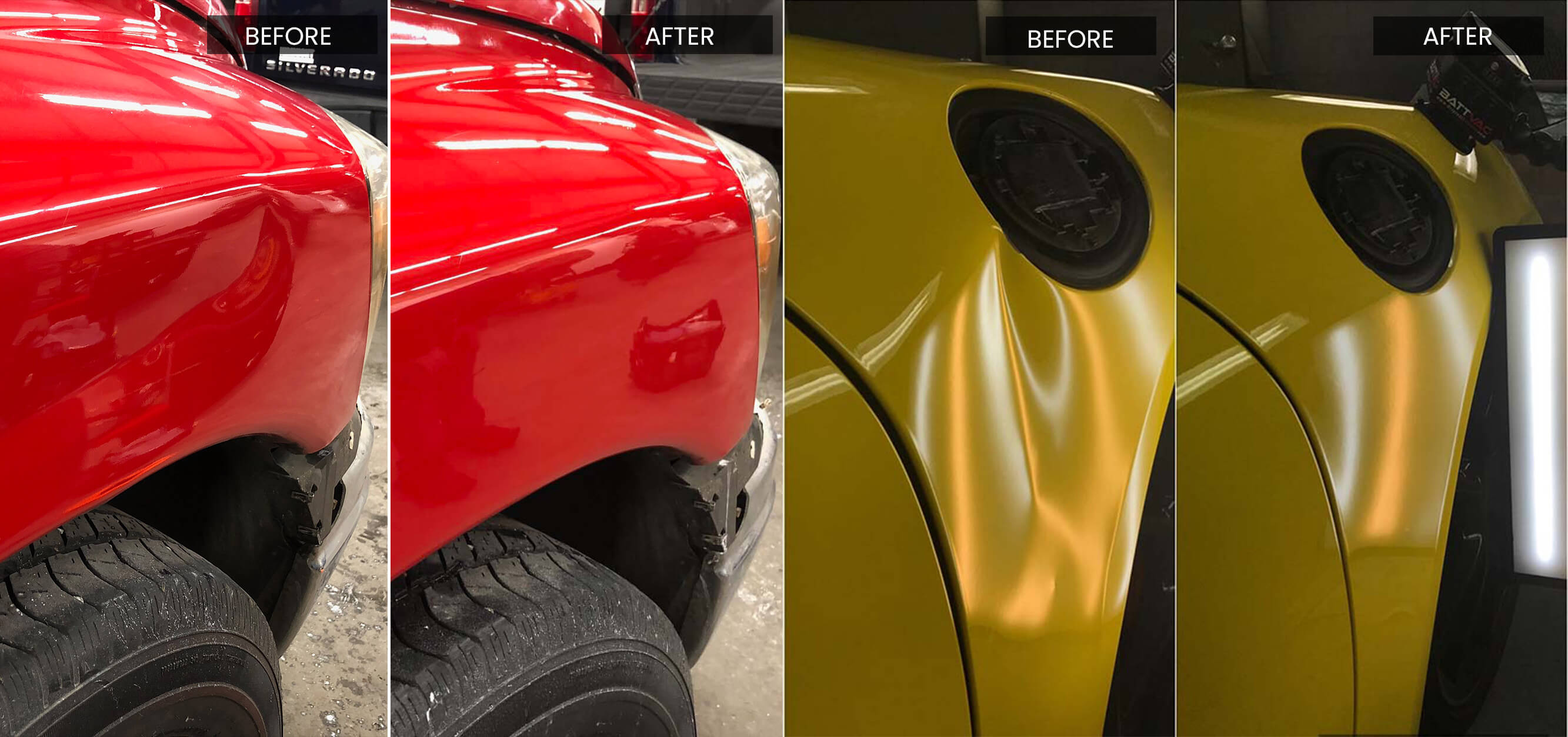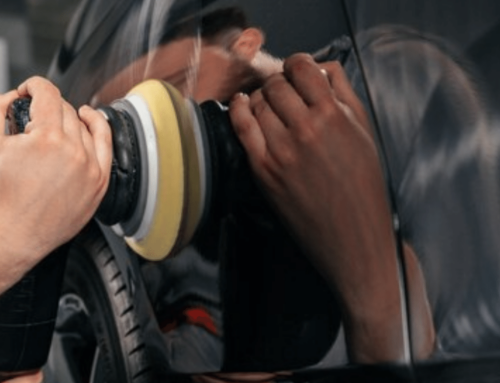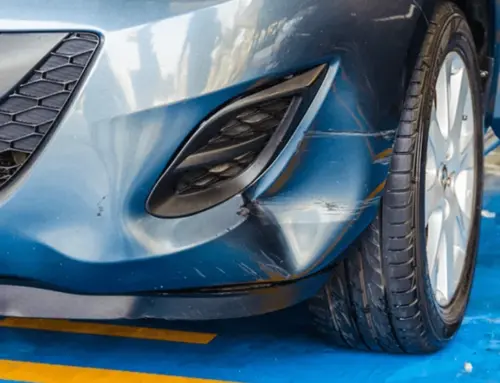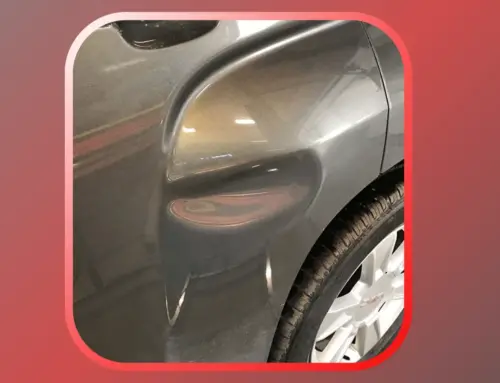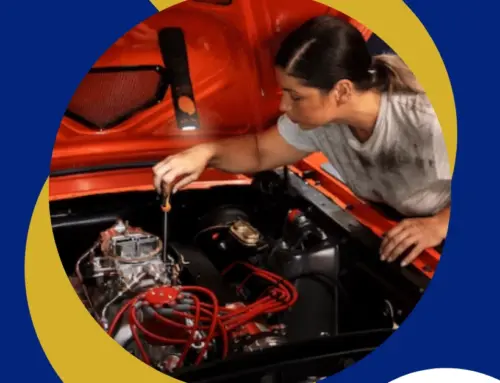In areas with unpredictable weather, your vehicle can be susceptible to damage from hailstorms, high winds and careless drivers. This often results in dents needing repair, therefore making paintless dent repair in Charlotte NC essential. but don’t worry! There are a variety of solutions available that can help you restore the pristine condition of your car.
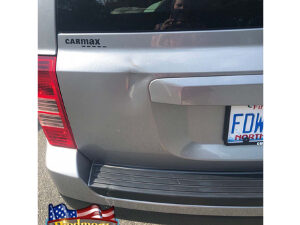
Conventional Repair & Paintless Dent Repair
Conventional repair and Paintless Dent Repair, (PDR) are two methods for repairing dents that differ in terms of cost, time to fix, and overall efficacy. Conventional dent repair is a process which involves drilling holes into the damaged area so that the metal can be pushed out from behind or underneath.
This method requires more time and supplies than PDR, making it a bit more expensive. The entire procedure involves filling the hole with body filler, sanding off excess material and then repainting the area to match your car’s original color – often resulting in an obvious difference between the old and new paint.
Paintless dent repair, on the other hand, does not require any drilling or painting as it utilizes a range of specialized tools to push the metal back into place. This process does not require any special supplies, making it less expensive and faster than conventional dent repair. The entire process can be completed in a matter of hours with virtually no evidence that there was ever damage to the area.
The main difference between these two methods is time and cost – while conventional repair requires more effort and material, paintless dent repair will save you both. Whichever method you choose, make sure that you are taking good care of your vehicle so that you don’t have to go through a costly and lengthy repair process in the future!
Which One Should You Choose? Factor to Consider
The cost of the repair, as well as the availability of parts and tools, will be two major factors in determining whether a PDR or conventional repair is used. In many cases, PDR is less expensive than traditional methods, but there are some circumstances where it may be more costly.
The availability of specialized tools required to perform certain repairs may also limit your ability to use PDR. Additionally, if an area has been severely damaged, such as a large dent or crease, then traditional methods may be necessary to ensure the best outcome.
Lastly, if access to the backside of the panel being repaired is not possible with PDR due to distanced joints or recessed areas inaccessible for tool contact points then conventional repair is often needed. In some cases, the decision to use PDR or traditional repair will depend on the experience and skill of the technician performing the work.
If a technician is not experienced with either method, then it may be better to go with conventional repair methods. Ultimately, each situation should be assessed based on its own unique set of circumstances. Taking all factors into consideration can help you determine which type of repair is best for your needs.
Advantages of PDR Done Internally
If PDR is done internally, meaning the technician works on the inside of the panel, there are some distinct advantages. Internally repairing dents can result in a better overall repair because it allows for more accurate and specific control over where the metal is being moved. It also eliminates any chance of accidental paint damage that can occur when using conventional repair methods or with external PDR tools.
Additionally, if there is no access to the backside of the panel, then internally repairing a dent may be necessary to achieve good results. Because this type of work requires greater skill and experience, it’s important to make sure you hire an experienced technician for this type of repair.
Lastly, if you own a newer car or truck, the use of internally repairing dents can help to maintain the factory warranty on your vehicle. It’s important to note that many insurers prefer this type of repair since it is often less costly than conventional methods and results in a better overall finish.
In conclusion, internally repairing a dent using PDR has some clear advantages over external repair methods. While more difficult and time-consuming, this type of repair can provide superior results with accurate metal shaping and minimal risk to the surrounding paintwork.
If you have an older vehicle or need access to the backside of the panel, consider hiring an experienced technician for this service. Additionally, if you own a newer vehicle or need to maintain a factory warranty, then this option may be the ideal choice.
Process of Paintless Dent Repair
Paintless dent repair (PDR) is a process of repairing dents in vehicle body panels without the use of paint or other chemicals. This method can often be used to restore a car’s original appearance, with minimal time and cost. When done correctly, PDR can provide excellent results that look as good as new.
The steps for a successful PDR repair include assessing the damage, choosing tools and materials, accessing the backside of the panel, using specialized tools to access and manipulate the dent from inside the panel, and finally, checking for any remaining defects.
First, an experienced technician will assess the damage caused by the dent and determine if PDR is suitable for fixing it. If the dent is too large or severe, then traditional repair methods may be necessary.
Next, once a decision has been made to use PDR for the repair, the technician will select the appropriate tools and materials needed for the job. Specialized suction cups, rods, mirrors and glues are commonly used in PDR repairs.
The third step is accessing the backside of the panel being repaired. This will require removing interior panels and other fixtures from inside the car. Depending on where the damage occurred and how severe it is, this task can take anywhere from a few minutes to an hour or more.
Once access to the backside of the panel is achieved, specialized tools can then be used to manipulate dents from the inside. These tools are designed to apply pressure in a specific area of the dent, causing it to slowly reshape itself back into its original form.
The fifth and final step is checking for any remaining defects. This involves looking at the panel from all angles to ensure that all marks have been removed and that there is no evidence of damage from prior attempts at repair. If additional work is needed, then this will be done before the final inspection is complete.
By following these steps carefully and with an experienced technician, PDR can be used effectively to restore vehicle body panels to their original condition. Additionally, using PDR instead of traditional repair methods can often save you time and money while still providing excellent results!
Need Paintless Dent Repair in Charlotte, NC? Call Us!
At Piedmont Dent Repair, we specialize in high-quality paintless dent repair. Our experienced technicians are highly trained and certified to provide the best possible results for you and your vehicle. We offer competitive pricing, fast turnaround times and a satisfaction guarantee on all of our services.
If you want quality results without breaking the bank, then give us a call today!
